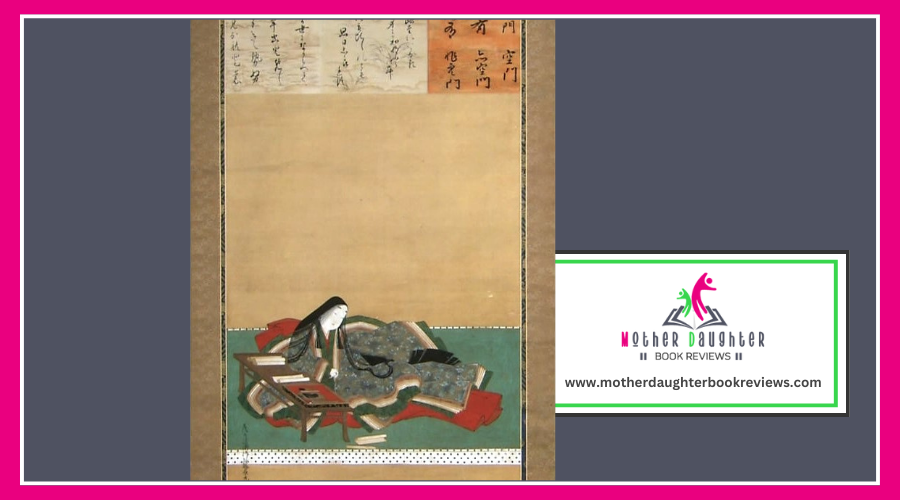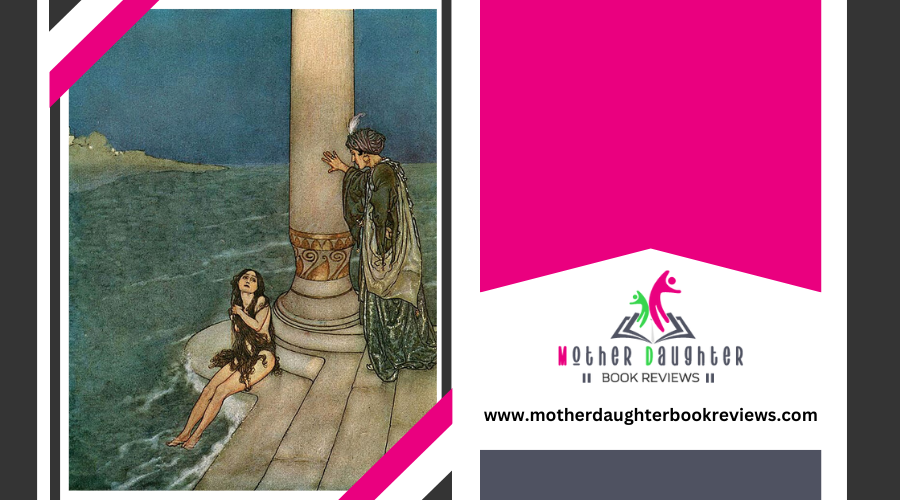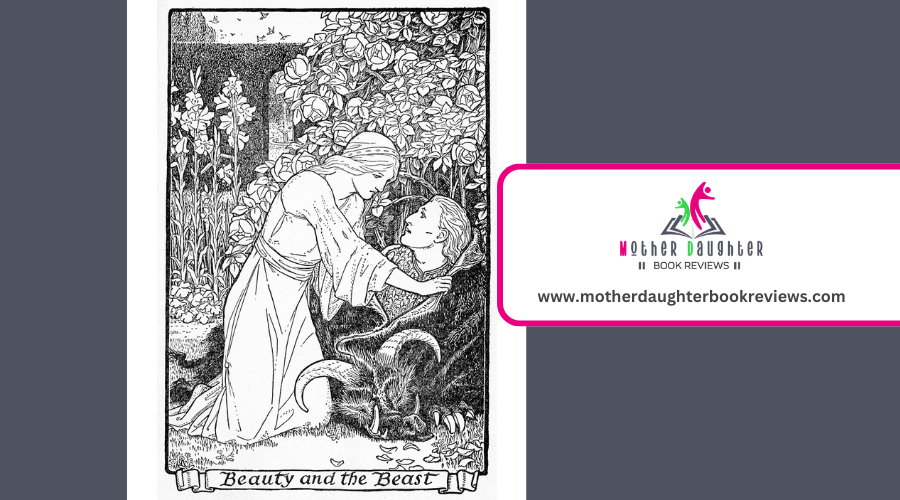Love and Transformation in The Frog Prince
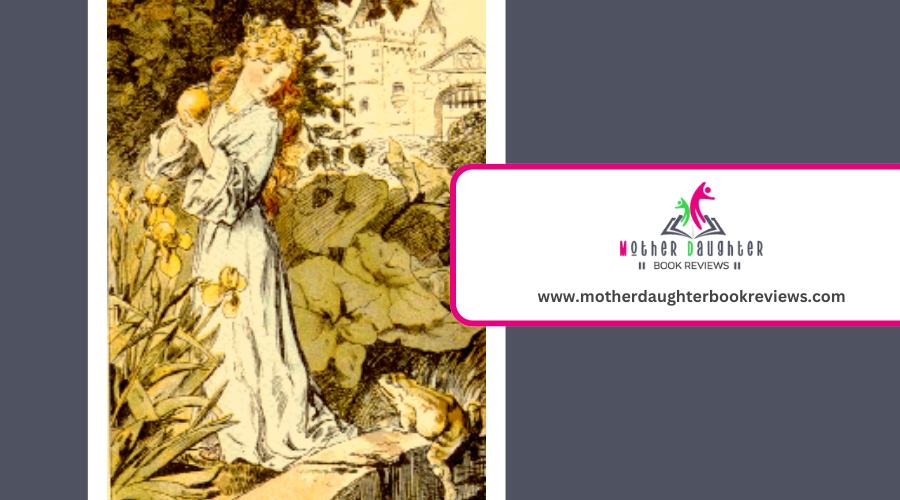
In "The Frog Prince," magic transforms a cursed prince into a frog, challenging him with trials that teach empathy and humility. When you encounter the frog, his desperate plea to a reluctant princess reveals themes of broken promises and integrity. As the princess gradually shows kindness despite her initial disgust, you see her personal growth and transformation. Magic acts as a catalyst, driving the narrative and emotional odyssey. By the end, the kiss that breaks the curse symbolizes true acceptance of inner worth. Plunge deeper to investigate how these timeless lessons continue to resonate with readers today.
Origins of the Tale
The origins of the Frog Prince fairy tale trace back to ancient folklore, with its roots deeply embedded in varied European traditions. You can find elements of the story in different cultures, each adding unique twists to the tale. The story's most popular version comes from the Brothers Grimm, who included it in their collection of German folk tales published in the early 19th century. However, the essence of the story—transformation and redemption—resonates across many older narratives.
You see, the Frog Prince tale isn't just a simple story about a frog and a princess. It's a tale that has evolved over centuries, drawing on themes from medieval courtly love, where knights and royalty often undergo trials and transformations. In these older versions, the frog often symbolizes a cursed prince or a spirit, reflecting societal beliefs about enchantment and the breaking of spells.
When you investigate the origins, you realize that the frog who desired a king tale has always been a mirror reflecting human hopes and fears. It's a narrative that has grown and changed, much like the characters within, adapting to the cultural and moral values of the times.
The Enchantment Cast
Imagine the moment when the enchantment is cast, and a handsome prince is transformed into a lowly frog. You can almost see the glimmer of dark magic in the air, feel the chill as the spell takes hold. The prince, once regal and commanding, now finds himself diminutive and green, forced to navigate a world that suddenly towers over him. The enchantment is no mere trick; it's a powerful curse designed to humble and teach the prince a lesson in empathy and humility.
You might wonder who would cast such a spell. Often, it's a vengeful sorceress or fairy, angered by the prince's arrogance or selfishness. The enchantment is a punishment, but also a chance for redemption. In this new form, the prince must face trials and tribulations that will test his character and ultimately transform him from within.
The magic is complex, altering not just the prince's appearance, but his very essence. As a frog, he experiences vulnerability and helplessness, emotions foreign to his princely life. This transformation sets the stage for an expedition that will challenge his heart and spirit, paving the way for eventual redemption.
The Frog's Plea
Picture the moment when the frog, once a proud prince, approaches a human for help. Imagine his desperation as he looks up at the princess, his eyes pleading for a chance to break the curse that binds him. In this crucial scene, the frog's plea is more than just words; it's a heartfelt cry for salvation.
You can see the princess hesitate, torn between disgust at the frog's appearance and a faint glimmer of curiosity. The frog's voice, filled with hope and despair, echoes with her. He promises her something valuable in return for her assistance. Here's what the frog offers her:
- Retrieval of the golden ball: The frog promises to plunge into the well and retrieve the princess's cherished golden ball.
- Loyal companionship: He vows to be her steadfast companion, sharing meals and stories.
- Transformation: Though not explicitly stated, there's an underlying hope that her kindness will ultimately reverse his curse.
In this moment, the frog's plea is a poignant reminder of his lost humanity and the transformative power of empathy. The princess's decision will determine the course of their intertwined fates.
The Broken Promise
Promises sometimes shatter like glass. You can see this clearly in Grimm the Frog Prince when the princess breaks her promise to the frog. After the frog retrieves her golden ball from the well, she reluctantly agrees to his conditions, promising companionship and a place at her table. However, once she's back in the safety of the castle, she dismisses the frog, hoping she can forget her vow.
You watch as the frog insists on her keeping her word, following her into the palace. Despite her father's insistence on honor and integrity, the princess acts out of disgust and contempt. She tries to ignore the frog, treating him as an inconvenience rather than a savior. This moment highlights how easily promises can be broken when they're inconvenient or uncomfortable.
Her broken promise sets the stage for the story's unfolding magic and the frog's persistence. It's a critical moment that underscores the theme of integrity and the consequences of failing to uphold one's word. You can't help but feel the tension and anticipate how these choices will lead to deeper transformations and revelations.
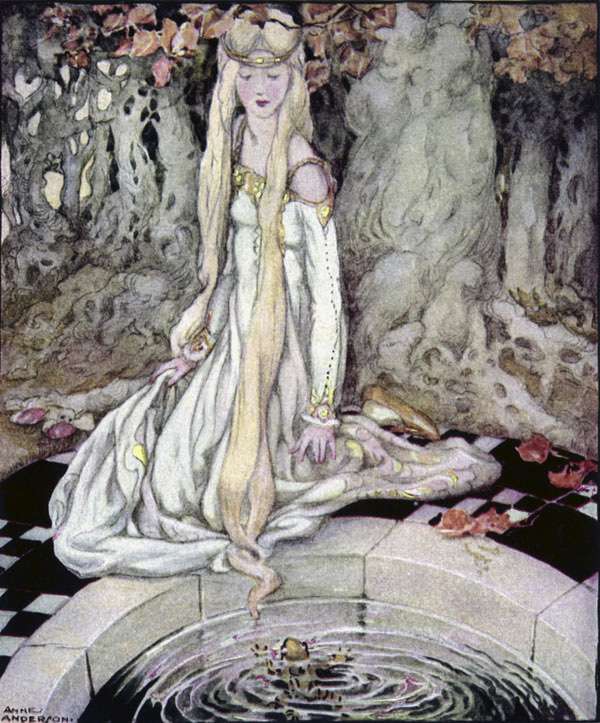
The Princess's Transformation
As the story progresses, you witness a profound shift in the princess's character. Initially, she embodies a sense of entitlement and reluctance, honoring her promise to the frog only when coerced by her father. You see her dismissive attitude and resistance to accepting the frog's companionship. However, as she spends more time with the frog, subtle changes begin to surface.
- Empathy Development: You notice her starting to empathize with the frog, recognizing his loyalty and kindness.
- Courage: She begins to show bravery, facing her fears and stepping out of her comfort zone.
- Self-Reflection: Most significantly, she engages in self-reflection, questioning her initial judgments and prejudices.
This transformation is crucial. The princess evolves from a self-centered girl into a more understanding and brave individual. Her path is marked by internal struggles and eventual growth, highlighting the significance of personal development. By the time she kisses the frog, her character has fundamentally changed, making the magical transformation into a prince not just a reward for the frog, but a reflection of her own transformation. You see that real magic lies in her evolving heart.
The Power of Kindness
Kindness acts as a transformative force in the fairy tale, showcasing its immense power and potential to change lives. As you immerse yourself in the Frog Prince character, you'll notice how the princess's initial reluctance to keep her promise to the frog slowly evolves into genuine kindness. Her expedition is marked by the small but significant steps she takes in showing compassion, ultimately leading to the breaking of the frog's curse.
When you consider the frog's perspective, it's easy to see how kindness becomes a guiding light of hope. His patience and understanding, despite the princess's initial coldness, highlight how enduring one can be in the face of adversity. By extending kindness, both the frog and the princess transform not only their own lives but also the world around them.
You might be surprised at how such a simple act can yield profound results. The tale reminds you that kindness isn't just about grand gestures; it's the everyday acts of empathy and respect that pave the way for true change. In "The Frog Prince," kindness serves as the key to revealing hidden potential and fostering deeper connections, proving its undeniable power in the domain of transformation.
The Role of Magic
Magic in "The Frog Prince" acts as a catalyst for the story's central transformation. Without the magical element, the narrative would lack the crucial change that drives the plot forward. When you think about it, the frog's transformation into a prince hinges entirely on magic. It's this enchantment that creates the initial conflict and ultimately leads to the resolution.
Here are three key ways magic influences the tale:
- Initiates Conflict: The frog's curse is the reason he seeks out the princess. Without it, their paths would never cross, and there'd be no story to tell.
- Drives Character Development: The princess's growing acceptance of the frog, despite his appearance, is propelled by the magical promise she makes. This commitment forces her to look beyond superficial judgments.
- Facilitates Resolution: The breaking of the curse isn't just a plot device; it symbolizes the culmination of both characters' emotional experiences. It underscores themes of loyalty, promises, and transformation.
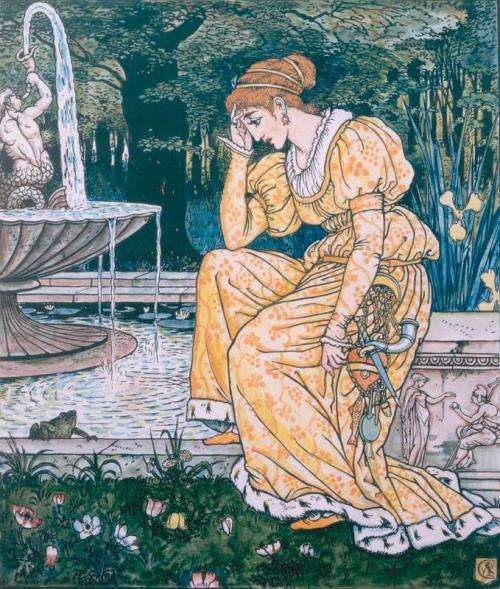
Symbolism in the Story
Symbolism plays a significant role in "The Frog Prince," adding depth and layers to the narrative. You're drawn into a domain where objects and characters aren't just what they seem. For instance, the frog itself symbolizes transformation and the idea that appearances can be deceiving. When you initially encounter the frog, he's unattractive and seemingly unimportant, but as the story progresses, he reveals his true nature as a handsome prince. This teaches you not to judge based on outward appearances.
The golden ball that the princess loses represents her innocence and naivety. When she retrieves it with the frog's help, it signifies the beginning of her expedition towards maturity and responsibility. The well into which the ball falls symbolizes a deep, subconscious territory—a place of hidden truths and potential for growth.
Moreover, the act of the princess kissing the frog is rich in symbolic meaning. It represents acceptance, breaking barriers, and recognizing the inner worth of others. Through this act, the story conveys that true magic lies in understanding and valuing what's inside, rather than being swayed by external appearances. These symbolic elements weave a rich tapestry that makes "The Frog Prince" resonate on multiple levels.
Lessons for Children
Understanding the symbolism in "The Frog Prince" helps uncover deeper meanings in the tale, but it also highlights valuable lessons for children. This classic fairy tale teaches several significant life principles that can guide young readers in their daily lives and interactions.
First, the story underscores the significance of keeping promises. When the princess makes a promise to the frog, she initially tries to avoid fulfilling it. However, the tale demonstrates that honoring commitments is essential, no matter how inconvenient they might seem.
Second, it emphasizes the value of kindness and open-mindedness. The princess initially judges the frog by his appearance, but as the story progresses, she learns that true worth isn't skin-deep. This lesson encourages children to look beyond superficial traits and appreciate inner qualities.
Lastly, the fairy tale highlights the transformative power of love and acceptance. The frog's transformation into a prince is a direct result of the princess's eventual acceptance and affection. This teaches children that genuine care and acceptance can lead to significant positive changes.
Final Thoughts
"The Frog Prince" story serves as a profound exploration of love, transformation, and the essential lessons that accompany personal growth. Through the characters of the frog and the princess, we witness how empathy, kindness, and the fulfillment of promises can lead to redemption and profound change. The enchanting elements of the tale remind us that true magic lies not in spells or transformations, but in the human capacity for compassion and understanding.
As the princess evolves from reluctance to acceptance, her journey reflects the universal truth that appearances can be deceiving, and true worth is found within.


